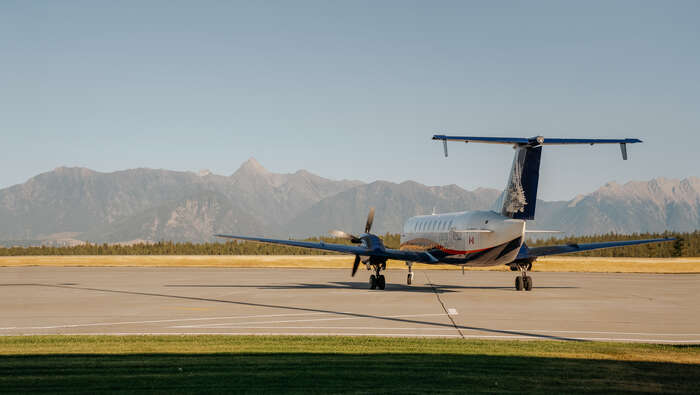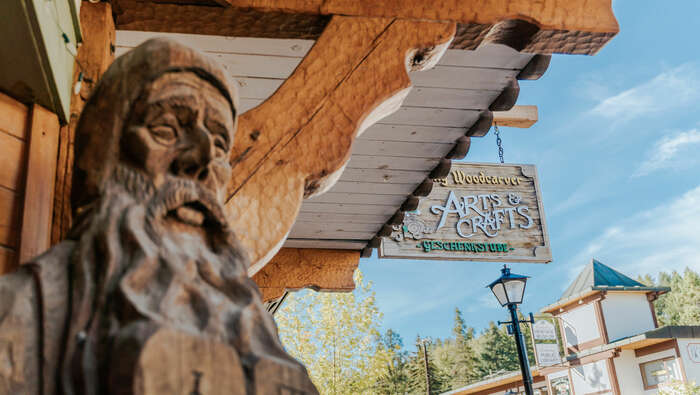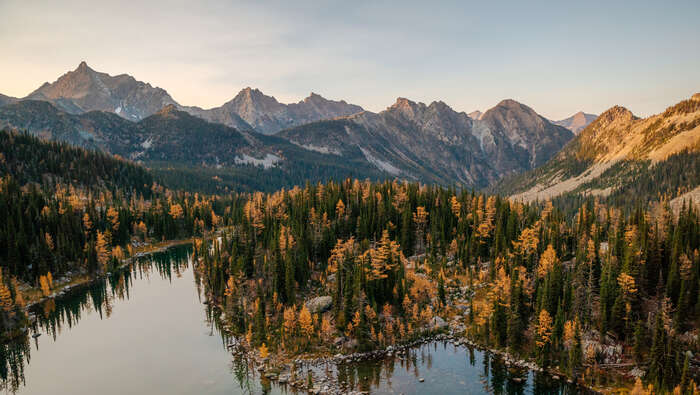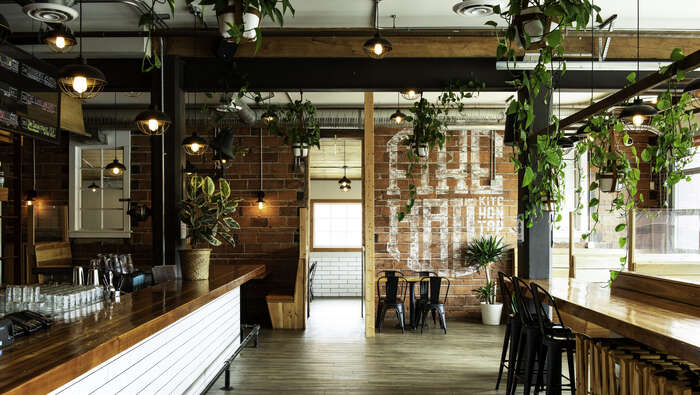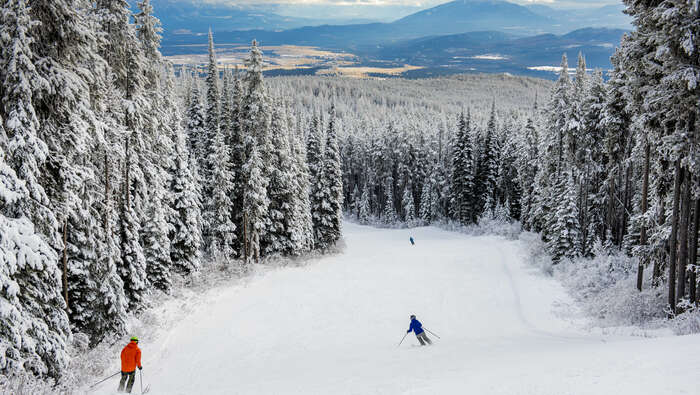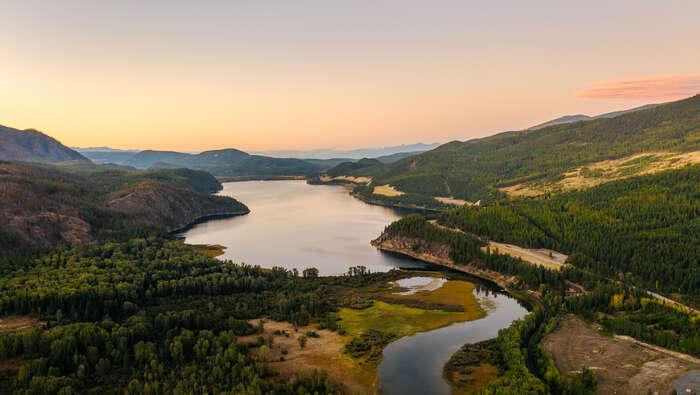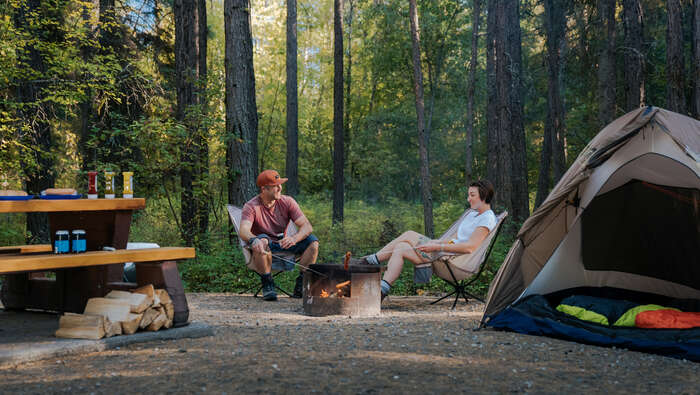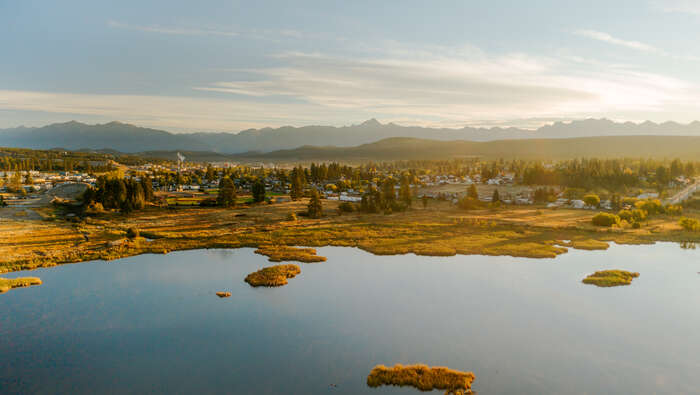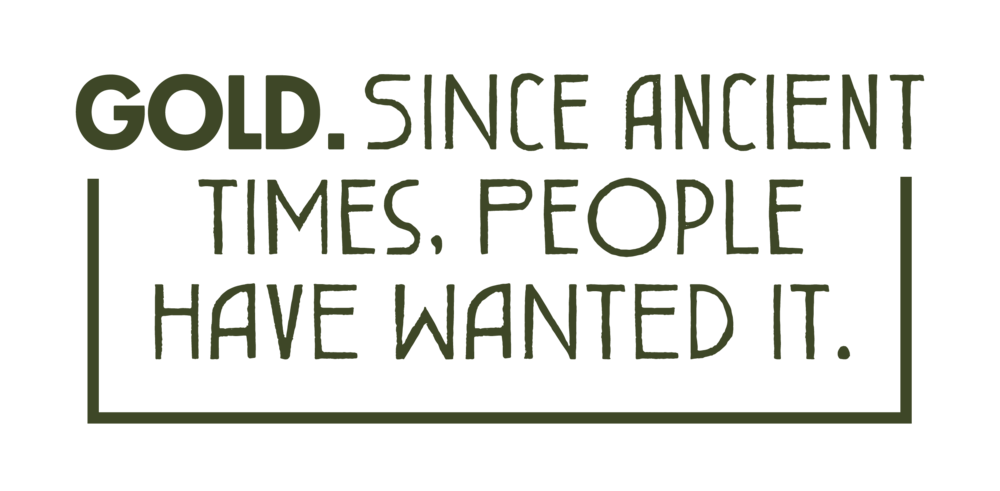
They’ve chased it down rivers, up mountains, and into the unknown. Many folks chased it from here, most notably along the Wild Horse River, gathering by the thousands in the historic mining town of Fisherville to ride out the boom, before it went bust.
Eventually, after a couple good years, when the glory and gold ran scarce, people moved on. Fisherville was ultimately returned to nature, abandoned, but never really forgotten. People still go there. They walk through the ruins. They picnic; adventure. They take in the spirit of what once was, while basking in the scenic rugged beauty of what now is.
Still today, the area is home to many gold claims. And often you’ll see recreational gold panners along the Kootenay and Wild Horse River (formally known as Wild Horse Creek) looking for a flake or, even better, a nugget, that history left behind.
This one-day itinerary is for those who want to walk in the wild, play by a river, delve into the past, and perhaps, just maybe, if luck’s on your side, find out what glitters, is gold.
READY, SET, EXPLORE!
Wake up in historic accommodation. There’s a number of choices in Cranbrook for history buffs: Perhaps a railcar suite at Prestige Rocky Mountain Resort, or maybe a revitalized boutique room at the Historic Mount Baker Hotel, built in 1923. For those wanting to truly immerse themselves into history, the Windsor Hotel at Fort Steele Heritage Town has rooms available for the first time since 1955! And ofcourse St. Eugene Golf Resort & Casino offers 25 Deluxe rooms in the restored historic Spanish-colonial styled Mission building, once a residential school and now owned by the Ktunaxa Nation.
Before you head out on this day’s adventure, check out the YouTube video on Fisherville created by Fort Steele Heritage Town, which does an excellent job of sharing some of the folklore and history of Fisherville, while guiding you over a section of the Old Dewdney Trail (linking the parking area to the Fisherville Townsite) and through the most visible and notable remains of the once bustling gold-rush community.
Have breakfast at Fire & Oak, located steps away from your railcar suite at Prestige Rocky Mountain Resort. Fire & Oak is a well-enjoyed restaurant that offers traditional breakfast options as well as some modern takes on some classics. Once you are done your breakfast, make your way over to the Fenwick & Baker Cafe located in Cranbrook's historic Mount Baker Hotel, grab some snacks or picnic items for the next leg of your adventure.
Get your hands on a gold pan and a small shovel. Try Canadian Tire at the Tamarack Centre or Mountain Man Outdoors in Cranbrook.
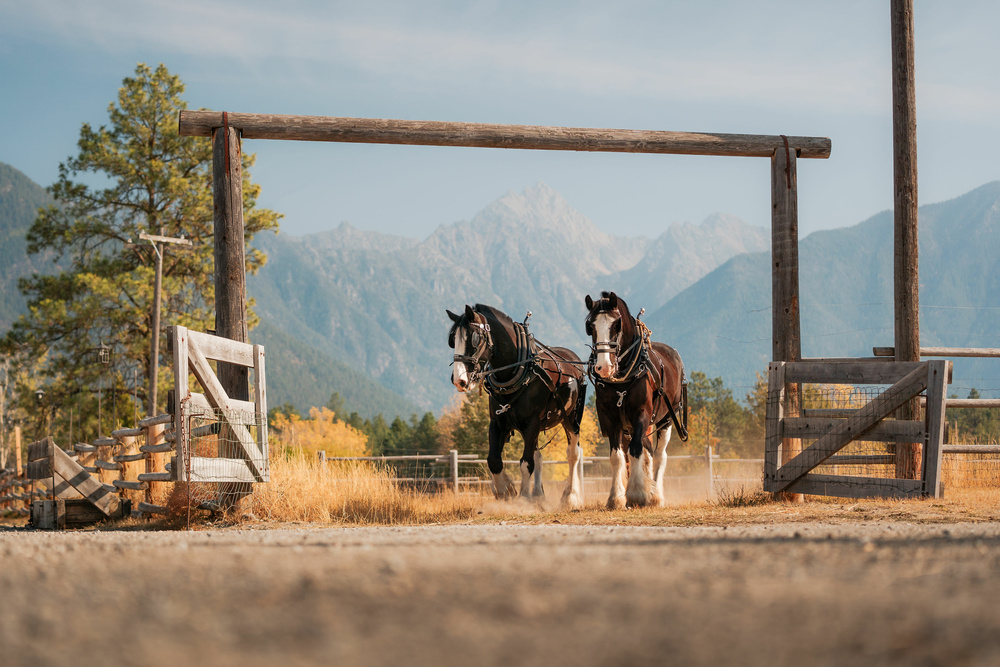
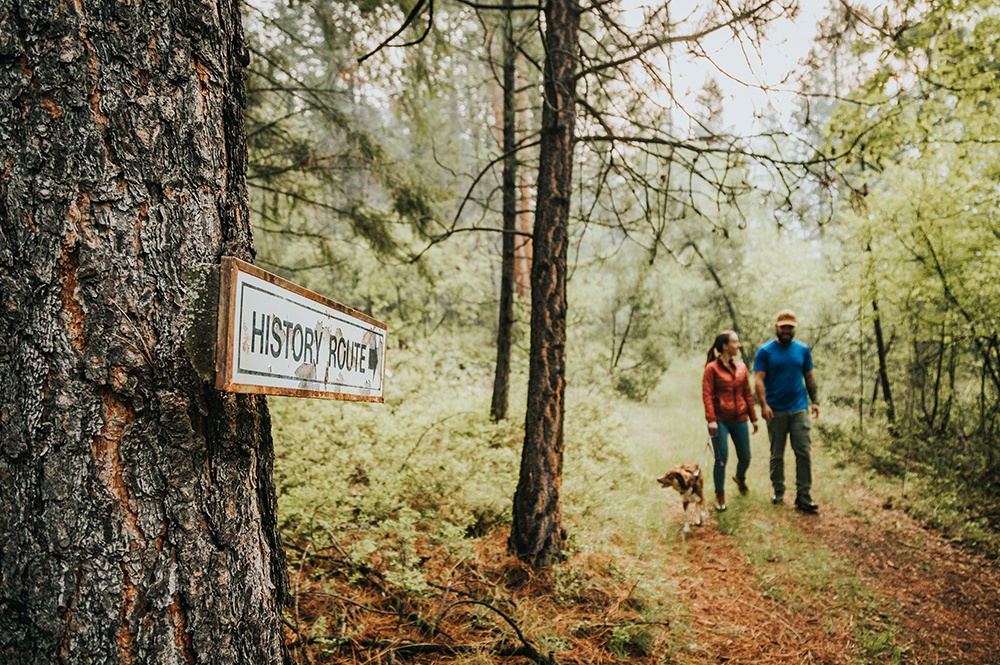
Head out to Fisherville & PAN THE WILDHORSE!
From Cranbrook, it’s less than a 30-minute drive to the Fisherville Historic Site parking area, which is situated about 6 km down the Wildhorse Forest Service Rd. Today, thanks to some excellent work by the East Kootenay Historical Association, visitors will see trail maps, several information kiosks, and numerous other signage that outline the site’s vibrant past as a town built in the wilderness on gravel and dreams. The graves, the rock piles, the old stone chimney, the apple orchard, the Dewdney Trail and the Victoria ditch are among the things left behind to whisper the story of the Wild Horse Gold Rush and the mining town of Fisherville. The signage begins at the parking area, and can be found along the Dewdney Trail and within the Fisherville Townsite.
Directions from Fort Steele Resort & RV Park: Head east on Wardner Fort Steele Rd for about 300 metres. Take your first left onto Wildhorse Forest Service Rd, a gravel road that winds along a canyon and the Wild Horse River. Although the road is a bit rough in sections, and narrows occasionally to single vehicle traffic, it’s maintained and can be driven by car. Follow Wildhorse Forest Service Rd for about 6 km, until you come to The Wild Horse Creek Historic site entrance on the right hand side of the road, which is well marked with signage. Cellular service is available throughout most of the drive and within Fisherville.
When you’ve completed your Fisherville experience, return on the Wildhorse Forest Service Rd back towards Fort Steele until you come to the Wardner Fort Steele Rd, turn left, and you’ll be able to access the Wild Horse River from either side. Here, along this river, you can bust out that gold pan and try your luck at the Wild Horse River Recreational Panning Area, a 31 hectare BC Recreational Panning Reserve open to the general public to use for recreational gold panning.
Return to Cranbrook and close out your Kootenay-adventure experience with dinner at the Heidout Restaurant & Brewhouse. With a diverse and extensive menu featuring a thoughtful selection of local fare, as well as award winning craft beer brewed onsite, this is the perfect family-friendly hot spot. Still seeking a golden rush? We recommend a tall cold pint of the Wild Horse Belgian Wit or Prospector Pilsner to cap off your day.
Fisherville History
In spring 1864, some 15 prospectors made their way from Walla Walla, Washington, into the mostly unknown southeastern corner of the colony of British Columbia. Moving up the Kootenay River, they eventually came to a conflux where it was joined by the waters of the Wild Horse, a small but powerful creek with telltale signs of gold. Searching farther up the creek and into a canyon they found gravel along the riverbank to be rich in gold. Word spread quickly and by June, 1864, there were over 1,000 miners on the creek with more coming every day. The camp became known as Fisherville, named after John Fisher, one of the original prospectors. With fifty or more lodging houses, saloons, gambling dens, stores and businesses, the town became the melting pot for the 5000+ miners found in the district. Nearly everything bought and sold had to be transported by pack train along the rough Walla Walla Trail, a journey of nearly 400 miles. It was a booming gold rush for many months but by the autumn of 1866, the gold panned out and the miners moved on.
Dave Griffith, one of the earliest prospectors to arrive and the last to leave some fifty years later states, “Life was a sandwich of feast and famine. A man could have gold but he could not eat it. Men went fairly mad with the lust of gold, living a lifetime of blazing, burning excitement in a year or two.”
The amount of gold removed from the Wild Horse has never been determined. The majority of miners came from the United States and much of the gold was taken back there, often smuggled out to avoid the British government taxes. Estimates have come in as high as $250 million in today’s value. Sadly, at one point the government offices were destroyed by fire and all the official records were lost leaving large gaps in the accounts. The site of the town of Fisherville is part of the Fort Steele Heritage Town Provincial Heritage Site.

